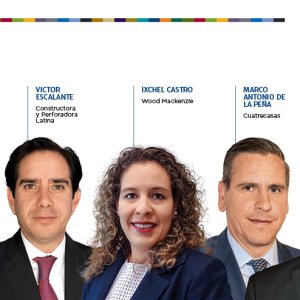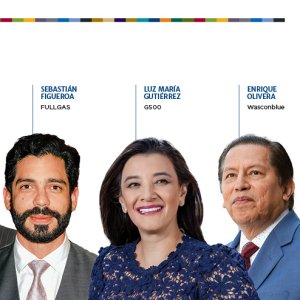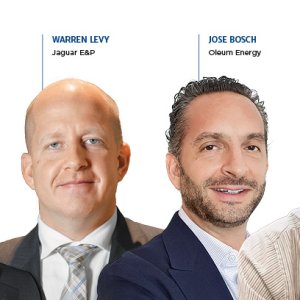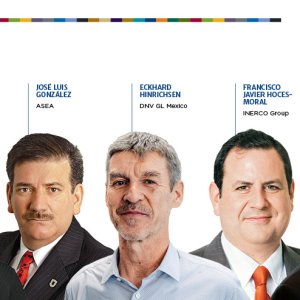
Taking Mexico to the Top 10 in Clinical Research
Mexico has the potential to become a clinical research hub, but the sector requires professionalization in the system, a regulatory framework that is open to innovation and a commitment from industry players, said clinical research experts Arturo Rodríguez, CEO of ACROM, and Karen Hahn, Director of Clinical Operations at ICON, during a debate on the challenges and milestones for Mexico’s clinical research sector at Mexico Health Summit 2017 in Mexico City on Thursday.
The discussion at the Hotel Sheraton Maria Isabel and moderated by Sophie Murten, Journalist and Industry Analyst for Mexico Health Review, tackled the question of how industry players could work together to make Mexico a clinical research hub. Mexico contributes US$260 million to the global clinical research industry, according to Rodríguez. “The country only does 1 percent of the total research done in the world. Growing 1 percent more represents US$260 million more,” he said. “Mexico’s clinical research sector is between 19th and 22nd in the world. We are used to saying we are in the top three in Latin America but the plan is to take Mexico to the 10thplace globally.” The CEO of ACROM believes that to achieve this, Mexico should be looking at the standards of the leading countries.
Both panelists agreed that in addition to clearer rules, there needs to be a higher degree of professionalization among all players to create a better understanding and stronger cooperative relationship between the regulatory agencies and CROs. “In the research segment, we are used to working to punctual timeframes and with tools that guarantee efficacy. While the regulatory segment cannot always function in the same way. We have to understand the reason why this is the way it is to start getting involved with them and to drive the regulation to adapt to the research,” said Hahn. Added Rodríguez: “Sometimes public policy does not move at the same speed as the research. However, the regulations resulting from public policy are the mechanisms that allow the evolution of the system.”
Regulatory flexibility is also required, Rodríguez said, not in the law but in understanding and adapting to new technologies. The debate covered the importance of innovation and how clinical research can impact patients by providing new treatments. “We must look at the impact of research on patients and at its capacity to save lives,” said Hahn. She added that clinical research opens new markets and provides access to treatments that many patients need but cannot afford.
The two participants agreed that research represents a great opportunity for Mexico’s public healthcare sector. “Today in Mexico, public institutions conduct 20 percent of the research and the public sector does 80 percent. In countries where the sector is fully developed it is the other way around. We want to increase that 20 percent in the public sector to drive investment,” said Rodríguez. He mentioned that the government and CROs are moving forward in this area as ISSSTE has an agreement with COFEPRIS and CANIFARMA to start doing research at the institution, which could open access to millions of patients.
The experts also agreed on the importance of certainty in the sector to potentialize its improvement. “We need certainty in the regulatory timeframe, in the commitment of the researchers and in the compromise made by patients,” said Hahn.














